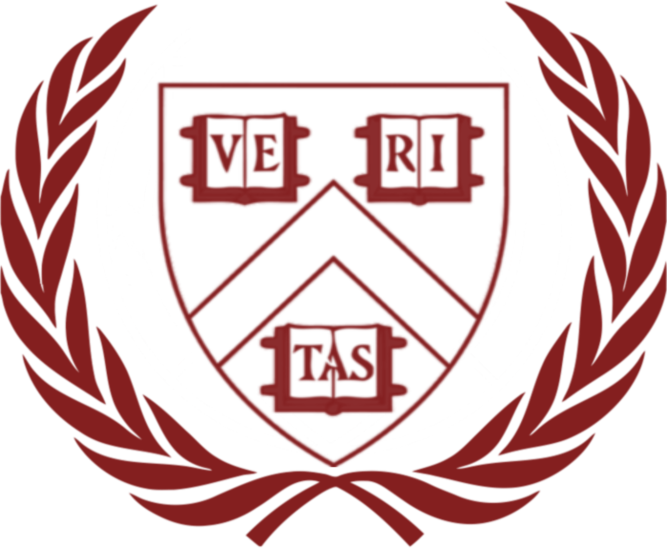Ukraine and NATO: What does the future hold?
With such close ties to major world powers, the integration of Ukraine into NATO is a tricky web dodging claims to sovereignty and the potentiality of a war outbreak. According to a PBS News Hour interview titled “A Closer Look at Russia-Ukraine Tensions and the Potential for Successful Diplomacy” with European security policy experts Charles Kupchan, a former National Security Council Official, and Alina Polyakova, director at the Center for European Policy Analysis, decades long tensions between Ukraine and Russia pose tall obstacles for NATO. To close off 2021, President Vladimir Putin closed in on relations between Ukraine and NATO during a four-hour annual press conference with a stark statement on Russia’s stance. In early December of 2021, President Biden warned Putin of increasing the training of NATO’s Eastern allies by the US military and the possibility of economic sanctions if Russia were to invade Ukraine. Shortly thereafter, Ukraine, Poland, and Lithuania echoed Biden’s sentiments on the threat of sanctions. In the weeks since, Russia has quietly bolstered its presence on the Russian-Ukrainian border with new deployments of Russian troops and new artillery and tanks in Crimea. With intensified pressure from all sides to deescalate, Putin drafted a list of demands involving “a ban on a Ukraine NATO membership, the removal of NATO forces and weapons from much of Eastern Europe, and a promise to not hold further drills in the region without Russian approval,” in exchange for removing his troops.
Russia’s new demands have augmented strain on NATO’s timeline to release Ukraine from its political limbo due threats of military intervention.
Source: Wiki Commons, Ukrainian flag
Much of the recent strain on Ukraine’s timeline originates from Russia’s growing impatience with Ukraine’s “Intensified Dialogue” status with NATO that increased potential for NATO membership if granted a Membership Action Plan (MAP). Due to Ukraine’s access to ports via the Black Sea and natural stronghold in Carpathian Mountains, it is a geopolitical goldmine that, if protected by NATO and its allies, would pose an insurmountable threat to Russia. Thus, as Putin reiterates in his recent conference, Russia’s resentment towards Ukraine has only been exacerbated by the “five waves of NATO expansion” since the 1990s. NATO’s recent presence in Ukraine to aid in the consolidation of democracy and military reform projects sparked Russian action months ago and is now reappearing again. Since the notable deployment of 100,000 Russian troops to the Ukrainian border in mid-April of 2021, tensions between Ukraine and Russia have only escalated further with Russia toying for action from the West. Ukrainian territorial integrity remains a bone of contention for Russia and NATO, with talks of diplomacy rather than military action appearing more favorable as Russia’s threat of aggression looms.
Best,
Morgan Kim
Assistant Director
Source:
Smith, Stuart. “A Closer Look at Russia-Ukraine Tensions and the Potential for SuccessfulDiplomacy.” PBS News Hour, 23 Dec. 2021, https://www.pbs.org/newshour/show/a- closer-look-at-russia-ukraine-tensions-and-the-potential-for-successful-diplomacy.

